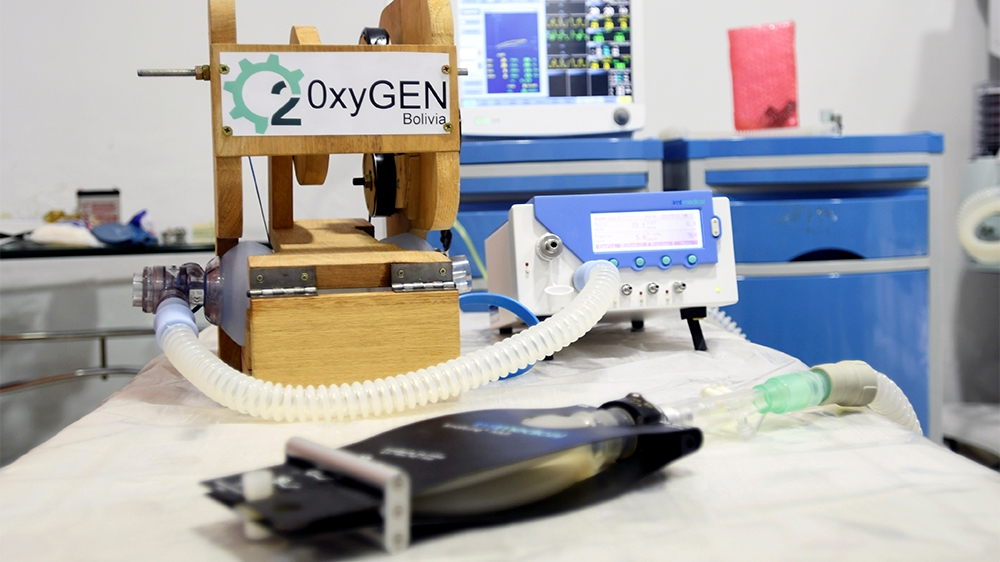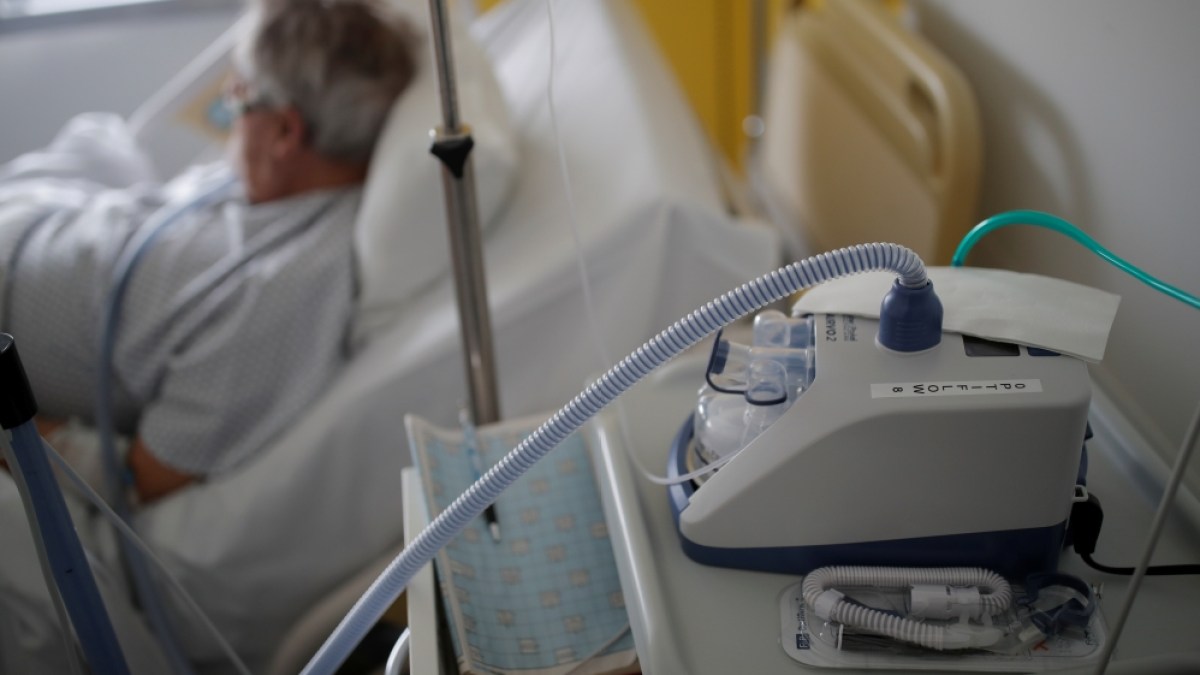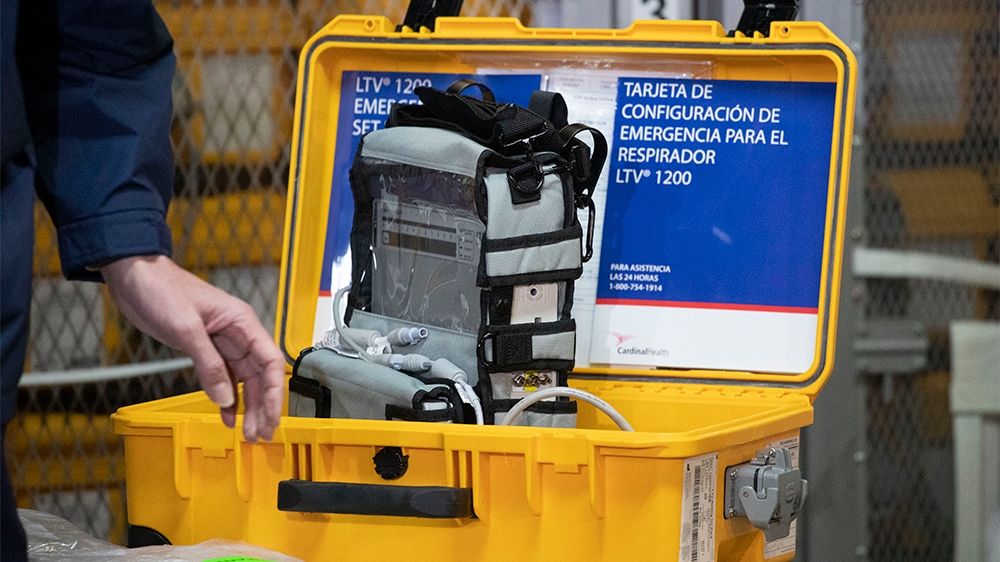prasad1
Active member
One of the biggest challenges faced by health workers around the world amid the coronavirus pandemic is trying to save lives when the number of patients needing critical care overtakes the available medical infrastructure.
Countries with a large number of cases are struggling to meet the demand for supplies and equipment needed to arm those on the front lines against COVID-19, the highly infectious respiratory disease caused by the virus.
Ventilators - mechanical breathing devices - are crucial in the fight to save patients whose lungs are assailed by the virus.

A ventilator for use during the coronavirus outbreak in Santa Cruz, Bolivia [Rodrigo Urzagasti/Reuters]
According to the World Health Organization, one in six COVID-19 patients becomes seriously ill and can develop breathing difficulties.
In the United States, which has more confirmed cases than any other country in the world, the Society of Critical Care Medicine has projected that 960,000 coronavirus patients may need to be put on ventilators at one point or another during the pandemic.
But the US has only about 200,000 machines, by the organisation's estimate, approximately half of which are older models that may not be ideal for the most critically ill patients.
In addition, many ventilators are already in use, supporting other patients with severe, non-coronavirus ailments.

 www.aljazeera.com
www.aljazeera.com
Countries with a large number of cases are struggling to meet the demand for supplies and equipment needed to arm those on the front lines against COVID-19, the highly infectious respiratory disease caused by the virus.
Ventilators - mechanical breathing devices - are crucial in the fight to save patients whose lungs are assailed by the virus.

A ventilator for use during the coronavirus outbreak in Santa Cruz, Bolivia [Rodrigo Urzagasti/Reuters]
According to the World Health Organization, one in six COVID-19 patients becomes seriously ill and can develop breathing difficulties.
In the United States, which has more confirmed cases than any other country in the world, the Society of Critical Care Medicine has projected that 960,000 coronavirus patients may need to be put on ventilators at one point or another during the pandemic.
But the US has only about 200,000 machines, by the organisation's estimate, approximately half of which are older models that may not be ideal for the most critically ill patients.
In addition, many ventilators are already in use, supporting other patients with severe, non-coronavirus ailments.

Ventilators explained: Key device in fight against coronavirus
One in six COVID-19 patients can develop breathing difficulties, potentially needing access to a ventilator.

